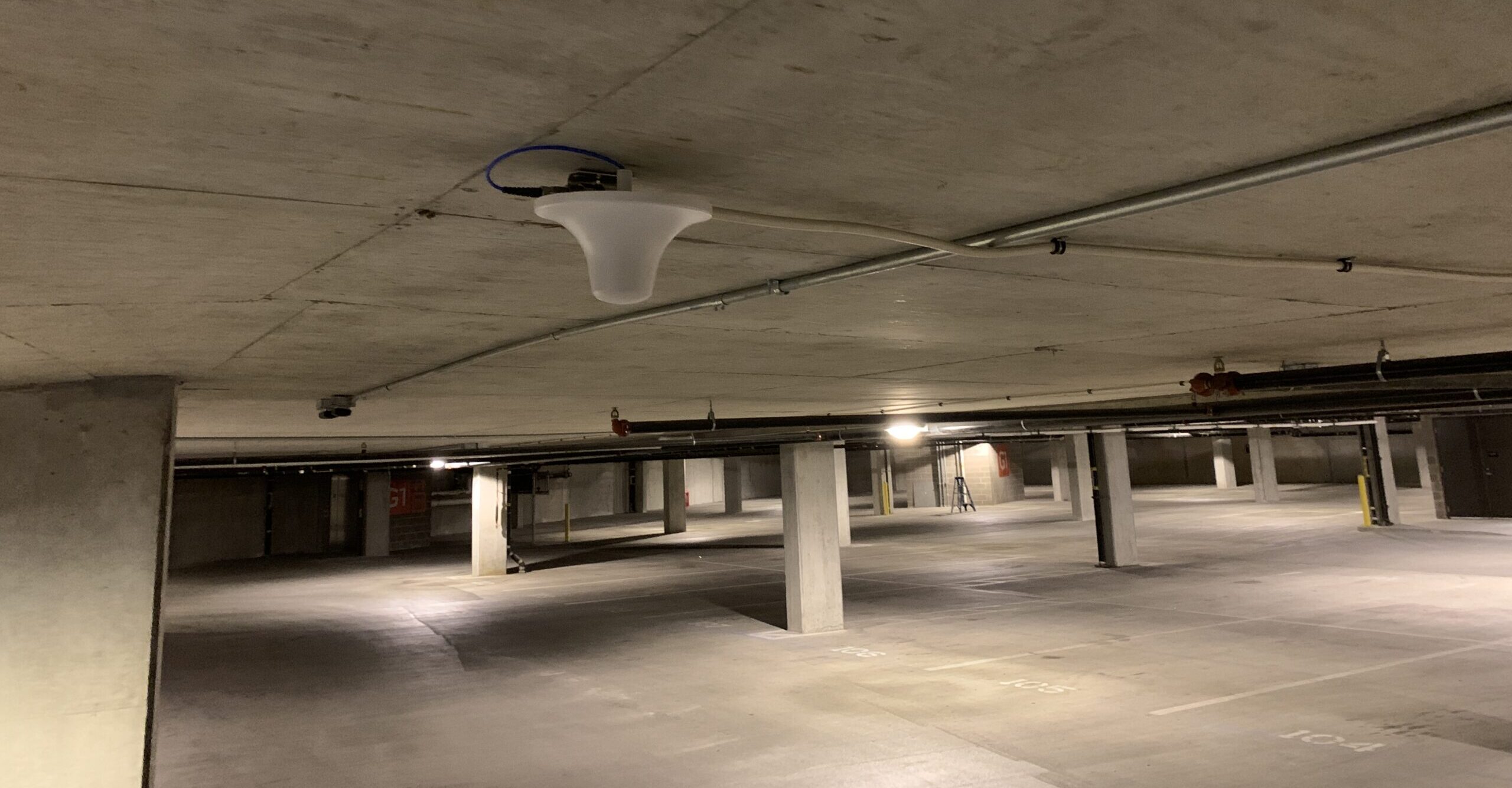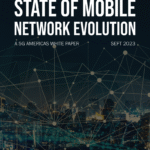
Poor cellular reception in parking structures is a frustration many of us have experienced. You park your car, try to text someone your location, and suddenly notice those dreaded words: “Message failed to send.” This isn’t a coincidence – there are specific reasons why parking garages are notorious cellular dead zones, and solving this problem is more important than you might think.
Why Parking Structures Block Cellular Signals
Parking structures create the perfect storm of signal-blocking conditions:
Reinforced concrete: Most parking garages are built with thick reinforced concrete, which contains steel rebar. This construction material severely attenuates radio frequency signals, essentially acting as a shield that blocks cellular transmission.
Below-ground: Underground parking structures face additional challenges because they’re surrounded by earth and concrete on all sides. Cellular signals struggle to penetrate deep into these subterranean environments.
Multi-level design: Each floor of a parking structure adds another layer of signal-blocking material between you and the nearest cell tower. By the time you reach the lower levels, your phone may have to transmit through several concrete slabs to reach a tower.
Limited openings: While some parking structures have open sides, many are enclosed with only small windows or ventilation openings, severely limiting the entry points for cellular signals.
Why Good Cellular Coverage in Parking Structures Matters
This isn’t just about convenience – there are serious implications for safety, security, and modern functionality:
Emergency situations: Perhaps most critically, someone experiencing a medical emergency or security threat needs to be able to call for help. Poor cellular coverage could literally be life-threatening in these scenarios.
Navigation and location services: Many people use mapping apps to find their way out of complex parking structures or to remember where they parked. Without cellular data, these tools become unusable.
Parking payment systems: Modern parking facilities increasingly use mobile payment options and digital ticketing. Without reliable connectivity, these systems fail, causing frustration and potential payment issues.
Car charging stations: Many charging stations are made to work in remote locations and use cellular communications to relay availability and out-of-order information
Security concerns: Walking alone in a parking garage can be unnerving. Having a working phone provides both real security (ability to call for help) and peace of mind.
Ride-sharing coordination: Coordinating pickups in parking structures becomes nearly impossible when neither party can communicate their exact location.
The good news is that solutions exist, including distributed antenna systems, small cell deployments, and signal boosters specifically designed for parking facilities. As our reliance on constant connectivity grows, implementing these solutions in parking structures isn’t just a convenience – it’s becoming a necessity for safety, security, and functionality in our connected world.




